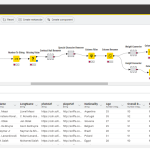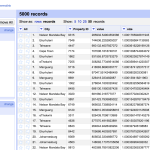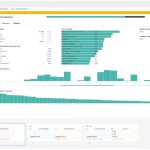DATA CLEANING
Data Science is an emerging and interdisciplinary field that has gained significant traction due to the exponential growth of data across various sectors. It encompasses the extraction of valuable insights from vast volumes of data using diverse scientific techniques, such as algorithms and processes. However, the raw data, often referred to as primary or source data, frequently contains inconsistent and inaccurate values, leading to erroneous outcomes and biased analyses. In data science, the quality of insights and analyses derived from data is only as reliable as the data itself.
Definition of Data Cleaning
Data cleaning (data scrubbing) refers to the process of modifying or eliminating useless, inaccurate, duplicate, corrupted, or incomplete data from a dataset. When working with multiple data sources, there are numerous opportunities for data to be erroneous, duplicated, or mislabeled. Even if the results and algorithms appear to be correct, they become unreliable if the underlying data is flawed. The specific steps involved in data cleaning may vary depending on the characteristics of the dataset. Data cleaning is a fundamental aspect of the data preparation process and an essential component of information science, playing a vital role in generating trustworthy answers and facilitating the analytical process.
The Role of Data Cleaning in Data Science Projects
Data cleaning holds significant importance in data science projects and should not be overlooked or underestimated. It not only influences the quality and accuracy of data analyses but also plays a crucial role in the development of reliable and effective machine learning models. The impact of data cleaning can be observed in the following aspects:
Quality of Data
Data cleaning is essential to ensure the high quality of data used in data science projects. It helps uncover potential issues or sources of errors within the data, allowing for the identification and removal of incomplete, incorrect, or outdated data points. By eliminating data that fails to meet the desired quality standards, data cleaning guarantees the accuracy and reliability of the data used in a data science project.
Precision of Analyses
Another crucial aspect of data cleaning is its role in maintaining the accuracy of analysis results. Without proper data cleaning, data analyses may produce inaccurate or unreliable outcomes due to the presence of noise or errors in the data. Data cleaning assists in eliminating outliers or anomalies that could disrupt the accuracy of analyses, thus enhancing the precision of results.
Impact on Machine Learning Models
Data cleaning directly impacts the performance of machine learning models. Low-quality data can result in inferior machine learning models and less accurate predictions. By identifying and addressing potential issues such as missing values, incorrect values, and outliers, data cleaning ensures that the data used in machine learning models is of the highest quality, leading to improved model performance and more accurate predictions.
Key Benefits of Data Cleaning
Data cleaning offers several benefits that contribute to the overall effectiveness of data science projects. These include:
a. Error-free data:
Data cleaning eliminates inconsistencies and inaccuracies, resulting in error-free data for analysis and modeling.
b. Improved quality of data:
By removing irrelevant or erroneous data, data cleaning enhances the overall quality and reliability of the dataset.
c. Accurate and efficient data:
Proper data cleaning ensures the accuracy and efficiency of data used in analyses and models, leading to more reliable and insightful results.
d. Data completeness:
Data cleaning helps identify and fill in missing values, ensuring the dataset is comprehensive and complete.
e. Data consistency:
Through the identification and resolution of inconsistencies and discrepancies, data cleaning ensures data consistency across the dataset, enhancing the reliability of analyses.
f. Quality machine learning models:
Data cleaning plays a critical role in improving the quality and performance of machine learning models by providing high-quality data as input.
Data Cleaning Cycle
Although the specific techniques employed may vary depending on the dataset's characteristics, the standard steps in the data cleaning process can be summarized as follows:
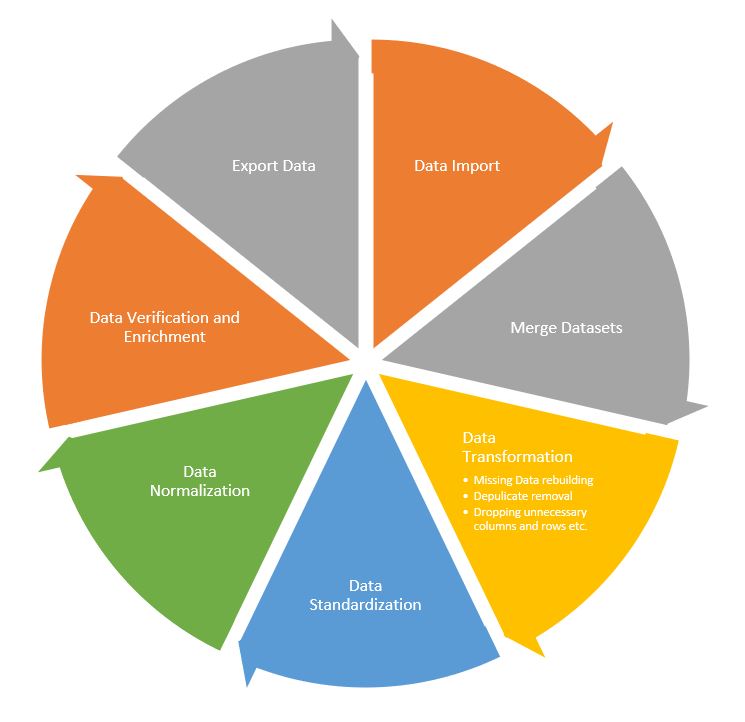
Data Cleaning Cycle
1. Identifying duplicate values in the dataset.
2. Dropping unnecessary columns and rows that are irrelevant or redundant.
3. Replacing missing values or correcting erroneous data.
4. Renaming columns for clarity and consistency.
5. Filtering rows based on specific criteria.
6. Locating specific values or patterns within the dataset.
7. Performing data aggregation to consolidate information.
8. Sorting data based on desired attributes.
9. Changing data formats such as converting date formats, for uniformity and compatibility.
Standardization and Normalization
Standardization and normalization are common techniques employed in data cleaning, particularly in the context of machine learning. They play a crucial role in the preprocessing stage of data analysis and model development. Here's a brief explanation of these techniques:
Normalization
Normalization, also called Min-Max scaling, is a data scaling technique that rescales values to a range between 0 and 1. It shifts and adjusts the values proportionally, maintaining the relative relationships between data points. Normalization is beneficial when the data distribution does not follow a Gaussian distribution and is useful for algorithms that don't assume any specific data distribution, such as K-Nearest Neighbors and Neural Networks.
Mathematically, normalization is given as:
Standardization
Standardization, also referred to as z-score normalization, involves transforming data by centering it around the mean and scaling it to have a standard deviation of one. It results in a distribution with a mean of zero and a standard deviation of one. Standardization is useful when dealing with data that follows a Gaussian distribution. It can be applied to normalize data for algorithms that are sensitive to feature scaling, such as linear regression, logistic regression, gradient descent-based algorithms, and distance-based algorithms like KNN and SVM.
Mathematically, standardization is given as:
µ = mean of the feature values
σ = standard deviation of the feature values.
In Python normalization and standardization can be implemented using the MinMaxScaler and StandardScaler modules from sklearn repository.
Effect of normalization and standardization illustrated in the figure below;
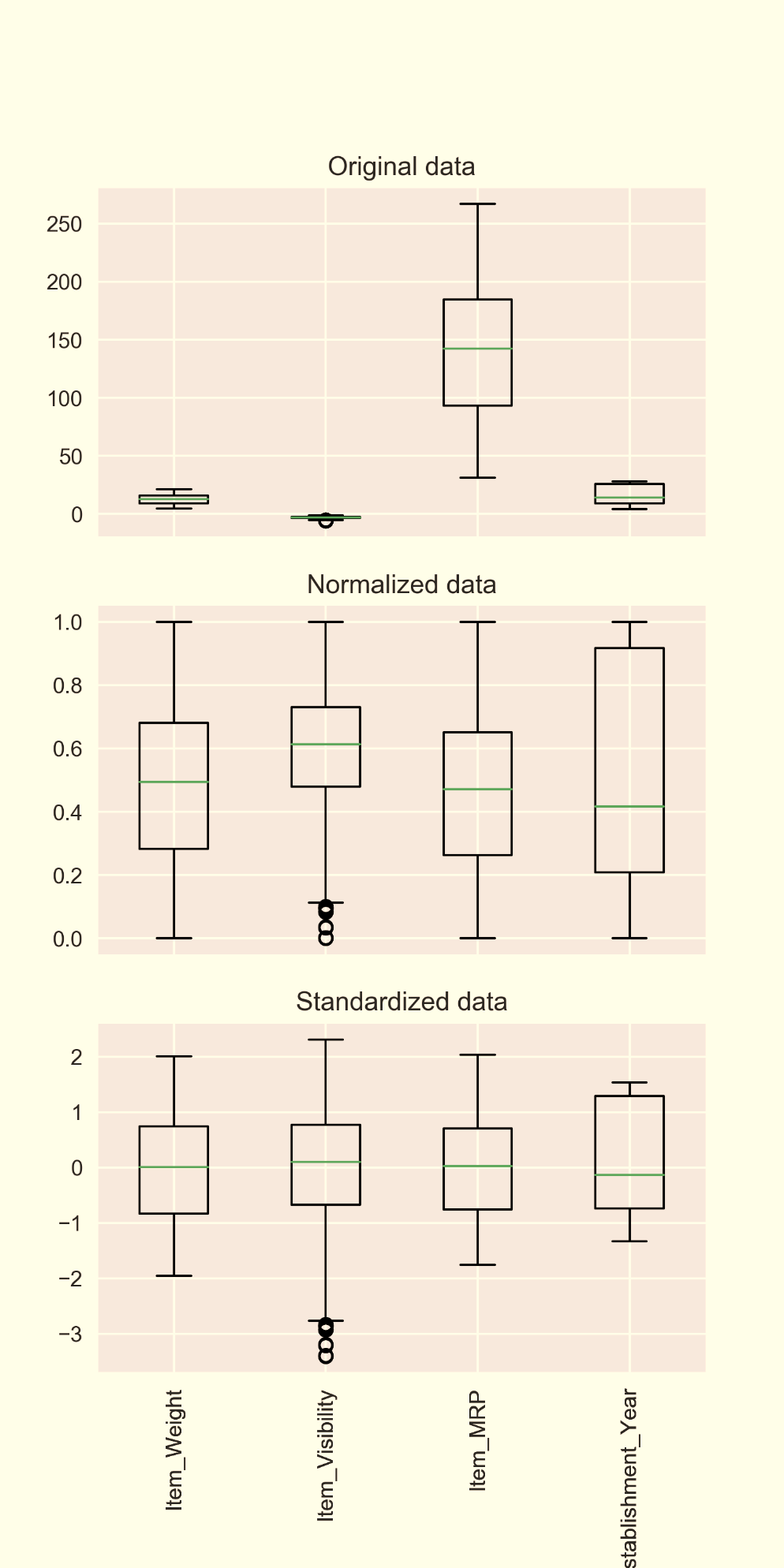
Automated Data Cleaning
Automated data cleaning involves the use of programs and algorithms to clean large datasets efficiently. It encompasses various techniques, such as validation, filtering, and normalization, to identify, correct, and transform data. Automated data cleaning can also help detect patterns, identify errors, and generate summary statistics. It offers significant advantages over manual data cleaning, including speed, accuracy, consistency, and the ability to handle large-scale datasets.
Popular Automated Data Cleaning Tools
There are several automated data cleaning tools available, catering to different requirements. These tools include both open-source options like OpenRefine and KNIME, as well as commercial solutions like Trifacta and DataRobot. Each tool offers a unique set of features and capabilities, and it is essential to evaluate them to determine the most suitable choice for a specific project.
Conclusion
Data cleaning plays a pivotal role in data science projects, ensuring the accuracy, reliability, and quality of data analyses and machine learning models. Automating the data cleaning process through dedicated tools can save time, improve accuracy, and unlock additional insights. By effectively managing data quality and preparing it for analysis, data cleaning becomes an indispensable component of the data science toolbox.

